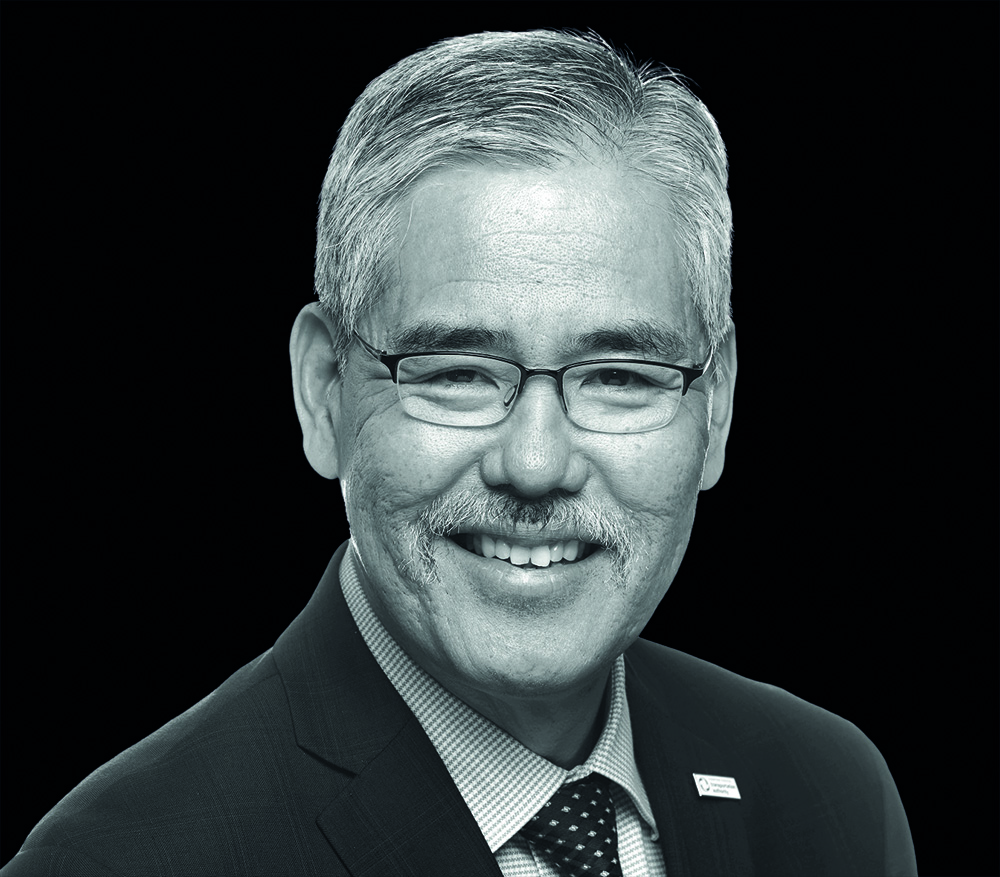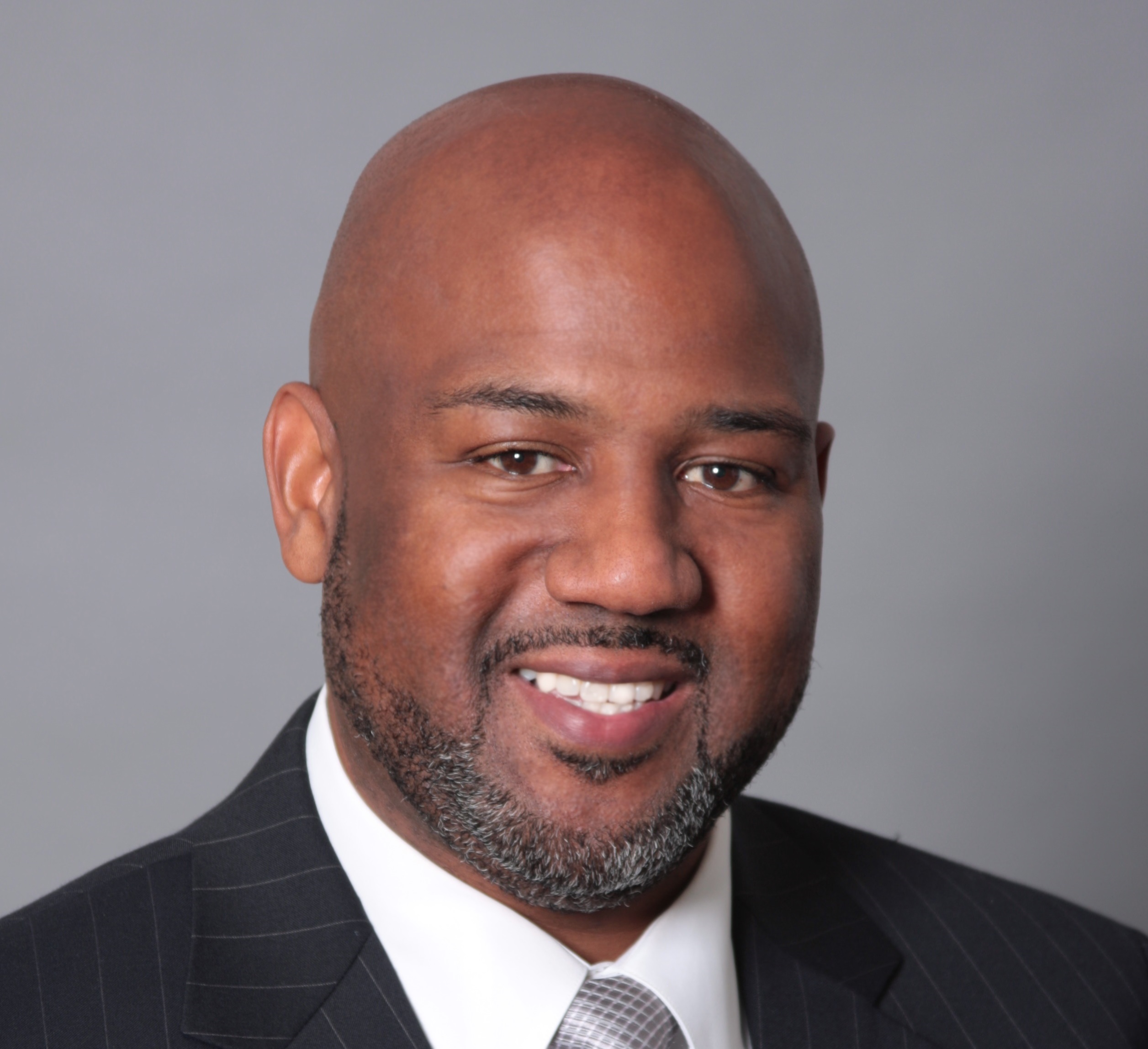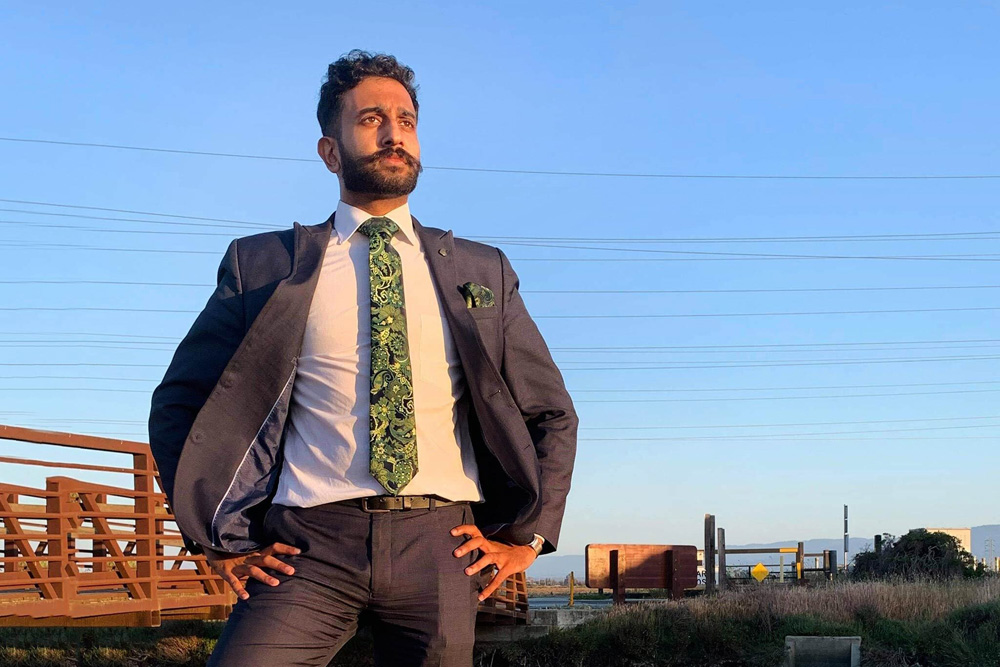
It is virtually impossible to talk about ITS without mentioning driverless cars these days. It’s not that they are at our kerbside yet – but autonomous vehicles (AVs) give a tantalising glimpse of what is technically possible, and many commentators regard their wide-scale introduction as being vital to improve safety and reduce congestion. As such, AVs are a good example of the sort of dazzling product that the ITS industry will throw up from time to time.
Swarco has seen a few mobility trends come and go and is unlikely to be dazzled. Starting in business 50 years ago as a glass bead manufacturer in Austria, it has since branched out into smart mobility solutions, covering parking, public transit, interurban and urban traffic management worldwide. This evolution, along with an impressive record of growth, suggests a good understanding of the ITS sector’s pace of change and the continuing need to adapt, which means the company is therefore a good place to turn for a long-term view. “I believe that fully-autonomous vehicles will come eventually,” says Michael Schuch, Swarco’s speaker of the executive board and chief operating officer of the ITS division. “They offer great potential in terms of safety, convenience, traffic efficiency and energy efficiency. Some are already in use – but are AVs the ‘magic bullet’ to solve all the concerns we have? I’m not so sure.”
Swarco prefers to talk about cooperative ITS (C-ITS), and connected and automated driving rather than autonomous, he says, but it is alive to the possibilities that future mobility will throw up. Getting the infrastructure right, for instance, will be vital for successful AV introduction. “We firmly believe that we can fulfil needs in infrastructure, such as road markings and traffic signals,” Schuch says. “C-ITS will be an enabler, a booster – but AVs will definitely not come overnight.” For one thing, people are not yet used to the idea. “There is an issue with social acceptance but also legal responsibility that needs to be resolved,” he says.
So while there has been a lot of emphasis on the potential of a bright new tomorrow with AVs, there has not been enough thought about how to get there, Schuch believes. “It is going to be a considerable time until all cars are fully autonomous,” he says. “There is a danger that we’re focused just on the long-term view and not on the issues we face before that. There are a lot of challenges we have to overcome.”
Wider debate
He does not mean the connected/not connected debate – but something wider: there are obvious difficulties in a road environment in which some vehicles are still human-controlled, and some autonomous. “What about non-digital participants, such as pedestrians and cyclists? They might one day be connected but they are not going to be autonomous. How do they all deal with each other? We need to work now on people’s acceptance of
AVs, the legal framework, the upgrade of infrastructure – there are big safety challenges that need to be considered now.”
There are other difficulties too. A recent report by
“Have you ever tried to drive in Amsterdam?” Schuch laughs. “Bicycles are getting faster, especially when they are electric.” Human drivers can see cyclists, but AVs may struggle in a confused road environment. “I wonder what happens in those circumstances where you have pedestrians crossing streets where they shouldn’t,” he adds. Eye contact between driver and pedestrian is often a vital component in avoiding accidents, but an AV is going to have to be very sophisticated to replicate that: “I’m not sure an AV is going to be able to handle such a situation anytime soon, unless there are clear rules, regulations – and enforcement.” Dedicated lanes are one obvious answer.
“But there will have to be some sort of mixture in certain scenarios,” Schuch says.
Transport in future is going to be more of a mixture in other ways as well. While the ‘I’ in ITS stands for ‘intelligent’, it might be better to think of it as ‘integrated’ or ‘intermodal’ if ITS is ever going to fully embrace multimodal transportation. “What we call ITS is not so important,” points out Schuch. “One thing I’ve learned over two decades is that the industry is very good at coming up with new abbreviations!”
Instead, the key to the industry is working in partnership, he thinks, giving cities the flexibility to alter things as they need, from the short term (such as re-routing traffic following a rush-hour incident) to the long term (for example, making a strategic change to the way they approach public transit).
“Change will happen – look at banking, entertainment and retail,” Schuch continues. “Whatever the ‘I’ stands for, ITS needs to consider all modes and needs to optimise mobility. And we intend to be there as a part of that.”
Change is certainly happening at breakneck pace in the collection and use of personal data. In tomorrow’s world of connected vehicles, this is a huge area of opportunity – but it is also a source of controversy.
Big Brother
Traffic control and monitoring necessarily involve a great deal of data, as does the creation of Mobility as a Service platforms, for example. On the one hand, this has the potential to offer individuals greater convenience through allowing personalised journey planning; but on the other hand, there is the ever-present fear of Big Brother-style intrusion into individuals’ lives. People are rightly concerned about whether they have given proper consent for the data they are giving up. They also want to know that it is being properly used – and remains private.
“Data sharing is vital,” says Schuch. “But ITS is only one part of the data chain: we must improve public trust in how data is used and protected. C-ITS companies must adopt emerging security standards and processes. That’s the new challenge - ITS must not be the weak link in the chain. We need to prove to the public and to the authorities that we act responsibly and are certified accordingly. Another point is that you can’t say that you will bolt on a security module and suddenly everything will be fine. You need to design your products according to those security standards – and that requires investment.”
Companies might baulk at the cost of doing this – but as the old saying goes: if you think doing it properly is expensive, see how much more expensive it turns out to be when you do it cheaply. “Return on investment [ROI] might seem hard to quantify,” underlines Schuch. “But avoiding disaster will be the ROI!”
Every part of the data chain – from traffic authorities to individuals – must buy into this, he says. Even then, there are always threats from malicious actors who are keen to make things difficult for companies. “No system is fully protected and secure,” Schuch goes on. “With enough time and resources you can hack into any system. ITS is coming from a dedicated network, but with connectivity and direct communication between vehicles and infrastructure it becomes more vulnerable.”
So, the risks are there. However, Schuch makes the point that the alternative – in the highly competitive, super-connected world of business – puts companies and cities in an even less enviable position. “Not taking advantage of digitalisation – of the advantages you get by sharing data – is probably worse,” he concedes.
End user
Of course, just because you can do something with technology doesn’t mean that you should. Technology is no use unless it solves a real-world problem - and the ITS industry has at times been guilty of ignoring the end user when conceiving, designing and creating new products. The ‘person in the street’ (or in the vehicle) needs to be more prominent at each stage of the process, Swarco suggests.
“In the past, in our industry, the end user – the citizen, the pedestrian, the driver – has not necessarily always been well considered,” Schuch concedes. This is partly a function of the way that ITS solutions are purchased: individuals do not buy them directly, although they will contribute to them through local taxes or road charges.
Instead, ITS providers tend to compete in a complex environment for contracts with large stakeholders which are driven by a variety of different factors and are usually based on specific requirements. “We are a very tender-driven industry and, as such, are sometimes lacking a customer point of view,” he explains. “There is the danger that this continues going forward so we have started to review how we look at our products and services, asking the question: how can we instil a higher customer-centric thinking into our DNA?”
So is the end user at the front of mind? “Yes and no,” he admits candidly. “But we’re trying to get to that level. We want to improve their quality of life by making the travel experience safer, quicker, more convenient and environmentally sound – benefiting everyone that lives in a city.”
Part of this movement involves engaging openly with local authorities about exactly what a tender is designed to achieve and what they expect the technology to do. “Is it to get cars out of the city?” says Schuch. “To make it more expensive to park? Cheaper? To provide more conventional travel choices? To prioritise bicycles? Education up front, about what is possible with the technology, is critical.”
Not harmonised
This is not the only place where greater openness is needed. Half a century ago, when Swarco came onto the scene, product development was jealously guarded: one company researching in its own lab, doing it all by themselves – and keeping the new product a secret until its launch. Not anymore.
“Development is more and more about collaboration and teamwork – less about secrecy and trying to do everything in-house on your own,” Schuch agrees. “The world is changing. We already adopted agile design techniques to reduce development times. We’ve worked with selected customers to develop products in phases where we get feedback at each stage and we’re learning in that process. Having customers on board during development helps us question each requirement and specification to make sure what is really required, and what is just ‘nice to have’.”
Yet there must be a danger that this approach will produce an unfeasibly wide variety of solutions? Schuch counters this by saying: “The world is not harmonised. You want to maintain individuality, but at the same time stay competitive. So you need to come up with a common core or defined modules but have the flexible element to enable cities to be unique.” Swarco increasingly works in partnership with other technology companies, specialists and academia in order to tackle these tasks. Schuch continues: “It’s important when you enter a partnership to have shared objectives and goals. If it’s not perceived as a ‘win-win’, it will break down very quickly.” It is vital to share these goals before you start talking about the small print, he insists with a laugh.
This opinion sounds as though it is drawn from long experience, which reflects Swarco’s move from manufacturer in the 1960s to tech company working with Internet of Things solutions to traffic management now. But Schuch is convinced that the future is not just about the new: there may well be less hardware on the street going forward, but Swarco’s road-painting and glass bead technology remains more than useful in a variety of applications and industries, he thinks. “Many safety features in a car rely on good signage, signalling and communication with infrastructure, and road-marking is a critical element in that.”
Schuch thinks Swarco’s longevity can be traced back to its source: the man who founded the company and died just last year, at the age of 77. “Manfred Swarovski was a visionary,” he says. “He saw the future in ITS decades ago. At the same time, he expanded the road-marking business and we don’t see that demand going away any time soon.” For ITS, there is a comparison here with the car industry, Schuch concludes. “While much of the value of car manufacturers’ business these days revolves around data and connectivity, they can’t neglect the experience they have built up in metalwork. Similarly, we have to build up new skills in software and data services, expanding our competences. But everyone’s running after these buzzwords – you can’t leave your core business behind.”












